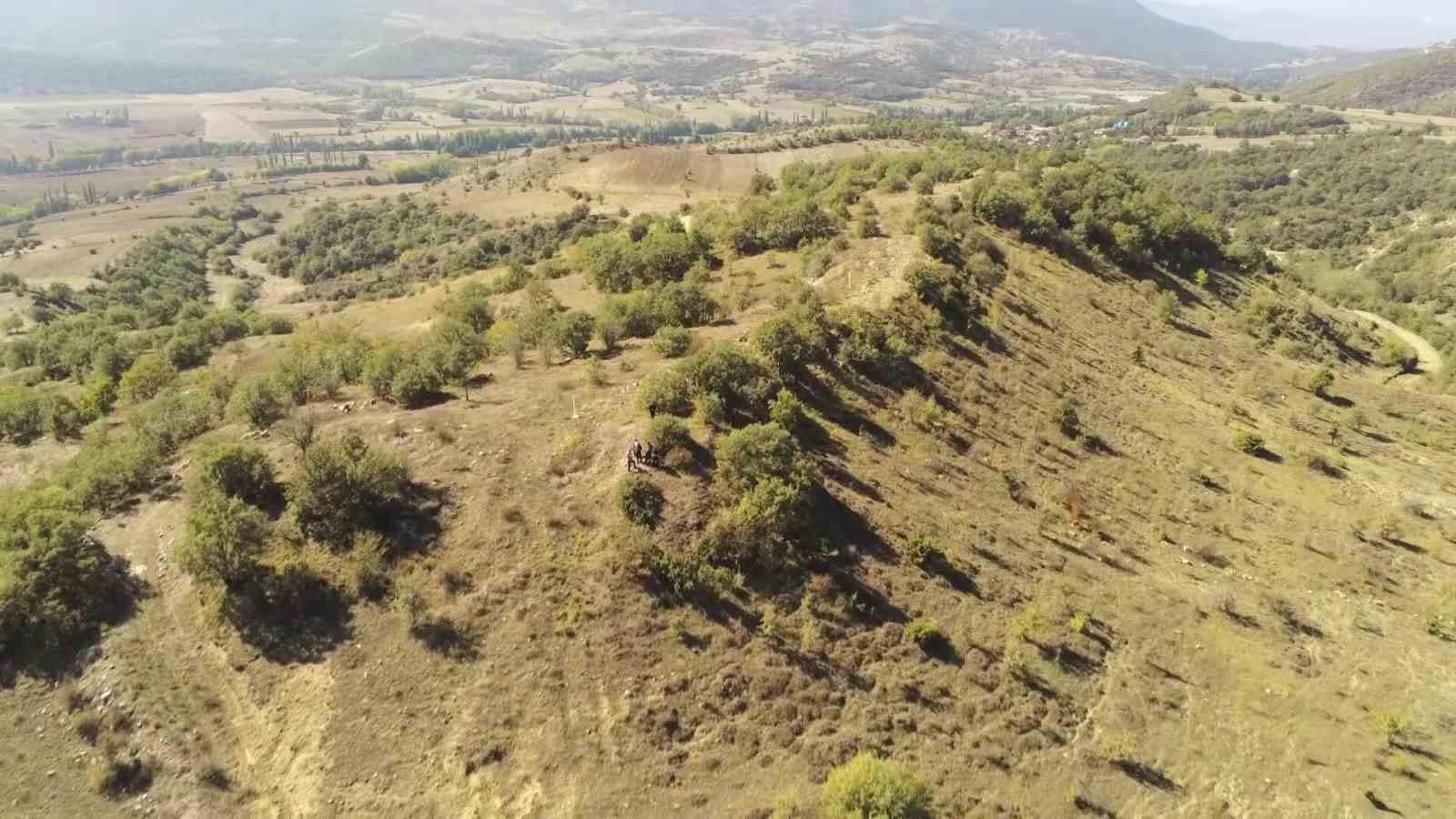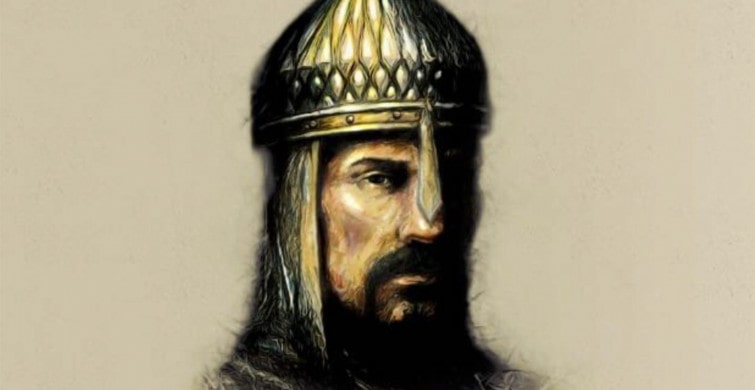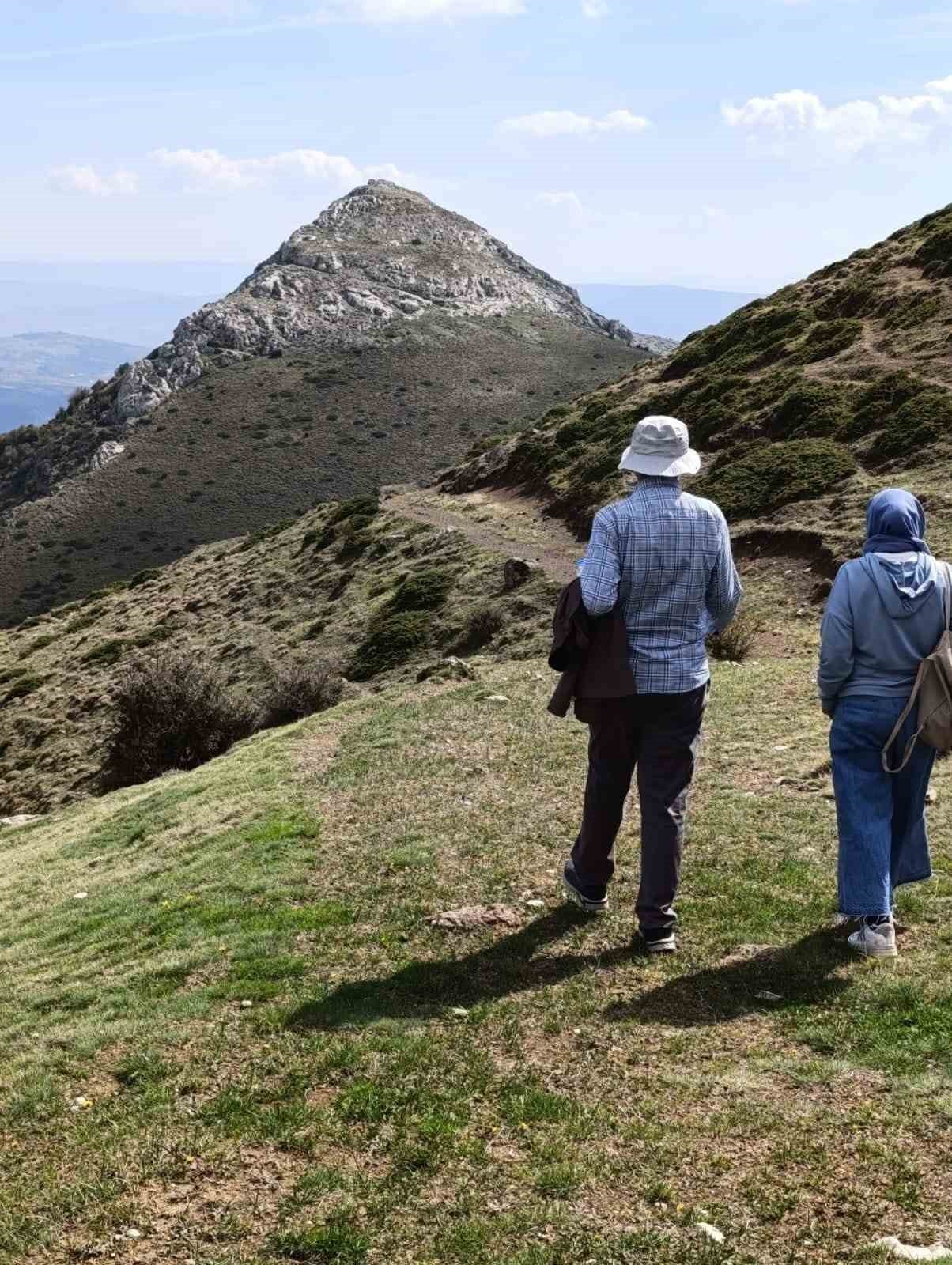
Surface surveys have begun to locate the battlefield where the Anatolian Seljuks and the Crusaders clashed
The Turkish army, commanded by the Anatolian Seljuk Sultan I. Kılıçarslan, fought against a Crusader army of 300,000 in the triangle of Amasya, Konya, and Ereğli in 1101.
The battlefield, which witnessed intense clashes where the Turks defeated the Crusader army three times within a month, will be uncovered through scientific research.
Surface surveys are being conducted with the participation of scientists from various universities.
The surface surveys, conducted with the permission of the Ministry of Culture and Tourism, are ongoing in Amasya and Konya.

The project, which traces the remnants of the battle considered the most significant victory after Malazgirt, where the gates of Anatolia were opened to the Turks, aims to uncover the graves of the martyred Seljuk soldiers and find weapons used in the battle.
Prof. Dr. Aydın Usta from Mimar Sinan Fine Arts University emphasized the importance of the victory gained in the 1101 Crusades for making Anatolia a Turkish homeland, stating, “The Crusades lasted for about 200 years. However, Sultan Kılıçarslan effectively ended all the campaigns with the victories he achieved here. The final point was established here.”

Prof. Dr. Usta stated, “We can say that if we are able to find the arrows and spearheads from the battlefield and its surroundings, as well as the martyrdom of the Turkish army, we will definitively establish the location of the battlefield.”

After the war, these lands began to be referred to as ‘Türkiye’ for the first time.
Emphasizing that it was with this victory that the Anatolian Seljuk Sultan I. Kılıçarslan, who led the army that confronted the Crusaders to ensure the continuation of Turkish Islamic presence, marked the first time these lands were called ‘Türkiye,’ Usta remarked, “There is no other sultan in the world who has achieved three major victories within a month. He won this victory at the age of 22 or 23. With this, for the first time, this geography began to be referred to as ‘Türkiye.'”
Cover photo: Representation of the battle between the Anatolian Seljuk army and the Crusaders. Anonymous
You may also like
- A 1700-year-old statue of Pan unearthed during the excavations at Polyeuktos in İstanbul
- The granary was found in the ancient city of Sebaste, founded by the first Roman emperor Augustus
- Donalar Kale Kapı Rock Tomb or Donalar Rock Tomb
- Theater emerges as works continue in ancient city of Perinthos
- Urartian King Argishti’s bronze shield revealed the name of an unknown country
- The religious center of Lycia, the ancient city of Letoon
- Who were the Luwians?
- A new study brings a fresh perspective on the Anatolian origin of the Indo-European languages
- Perhaps the oldest thermal treatment center in the world, which has been in continuous use for 2000 years -Basilica Therma Roman Bath or King’s Daughter-
- The largest synagogue of the ancient world, located in the ancient city of Sardis, is being restored











Leave a Reply